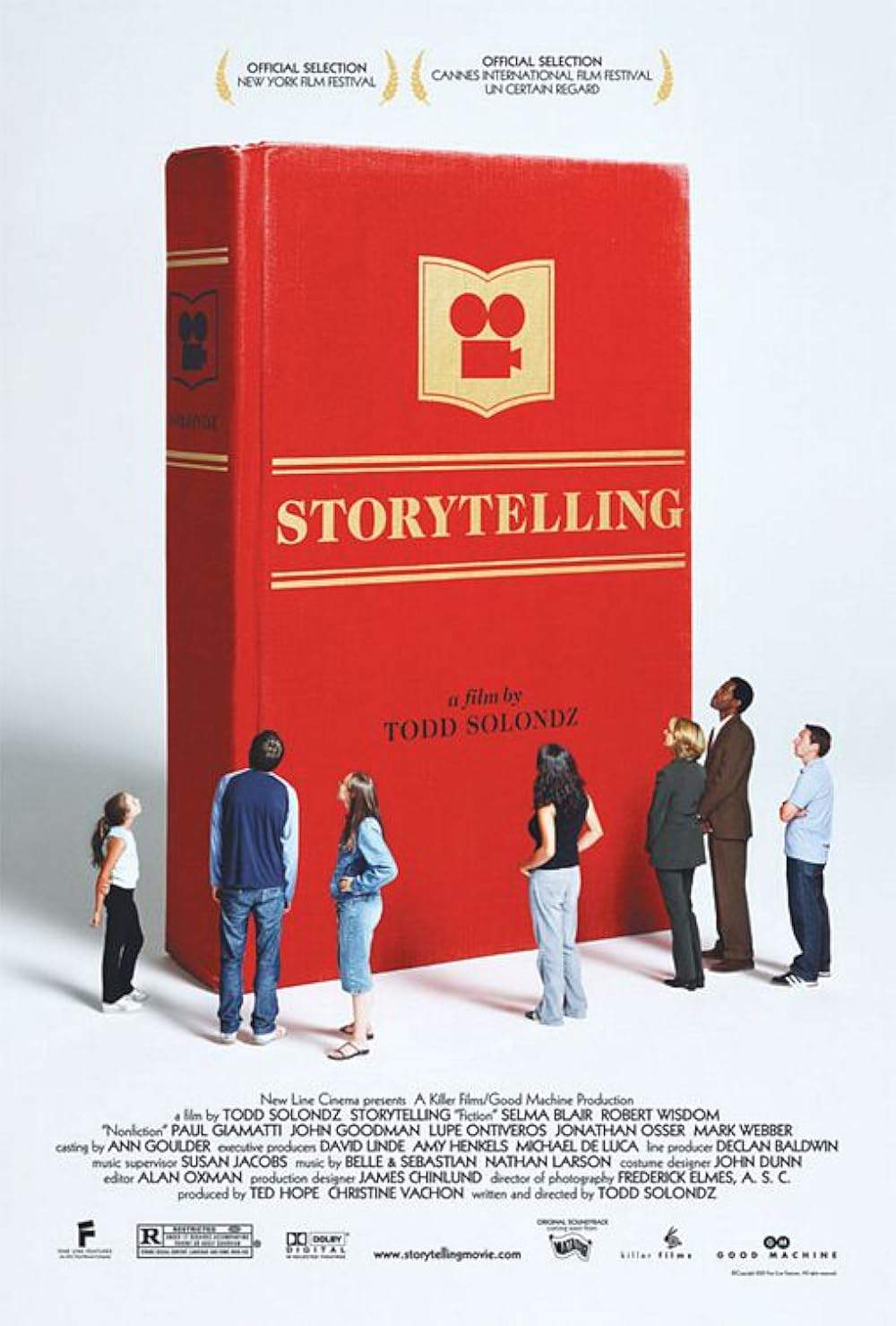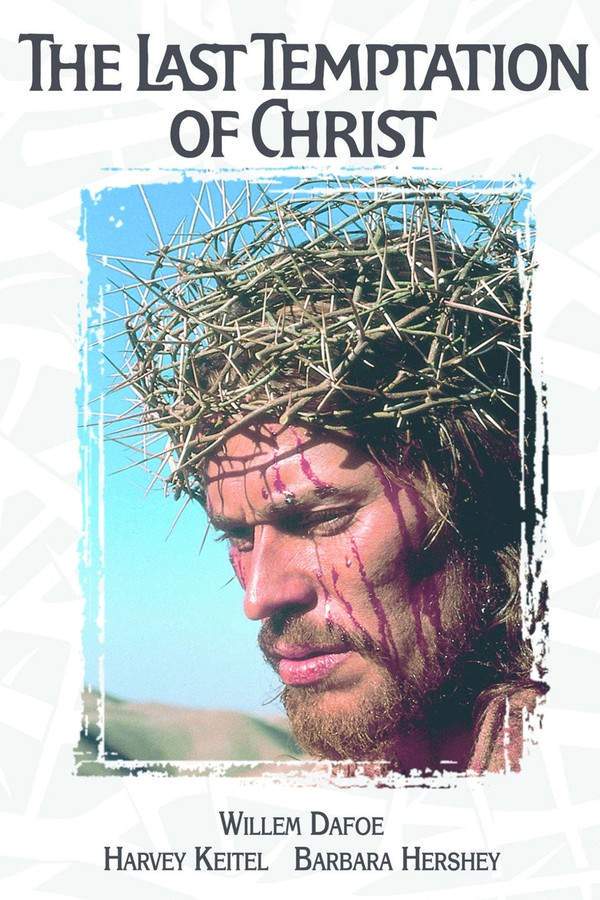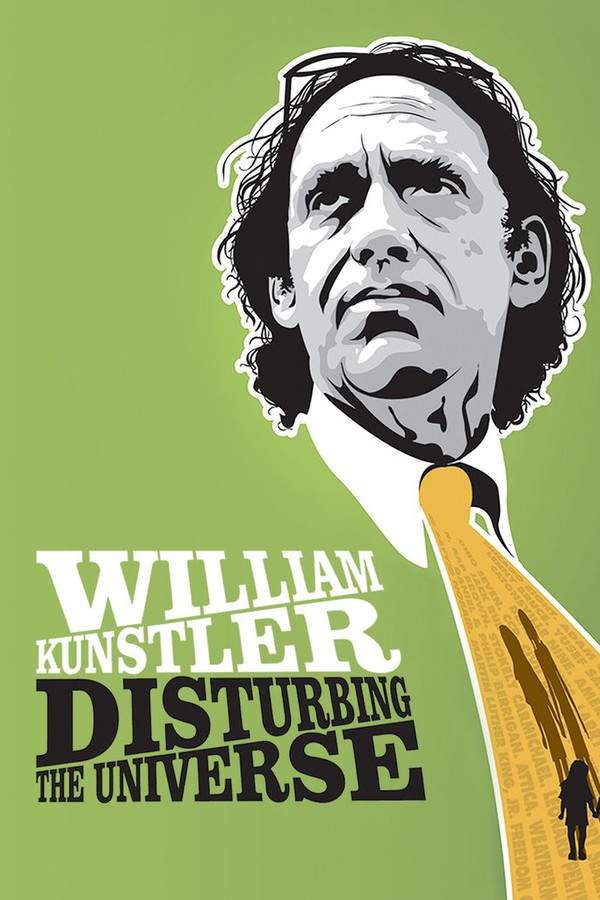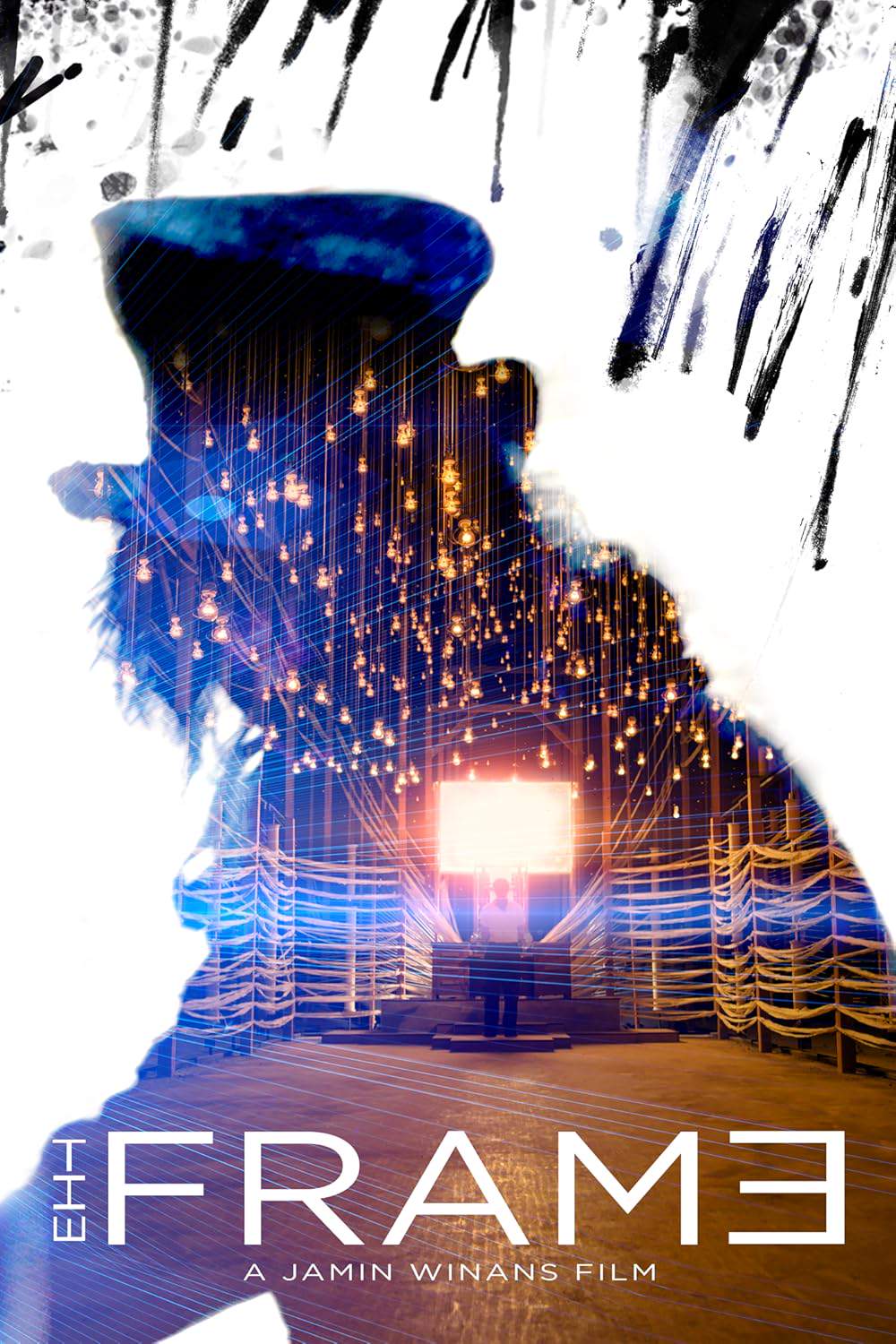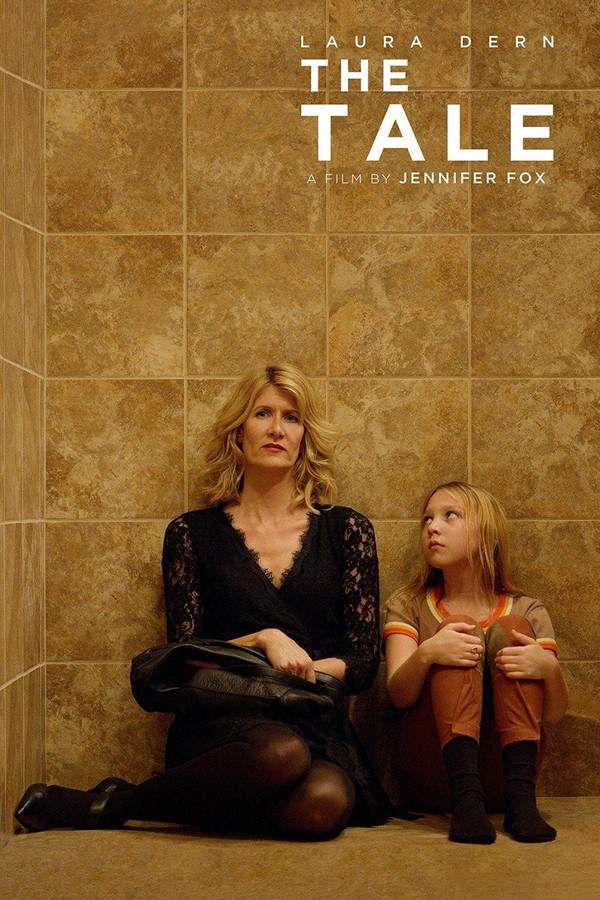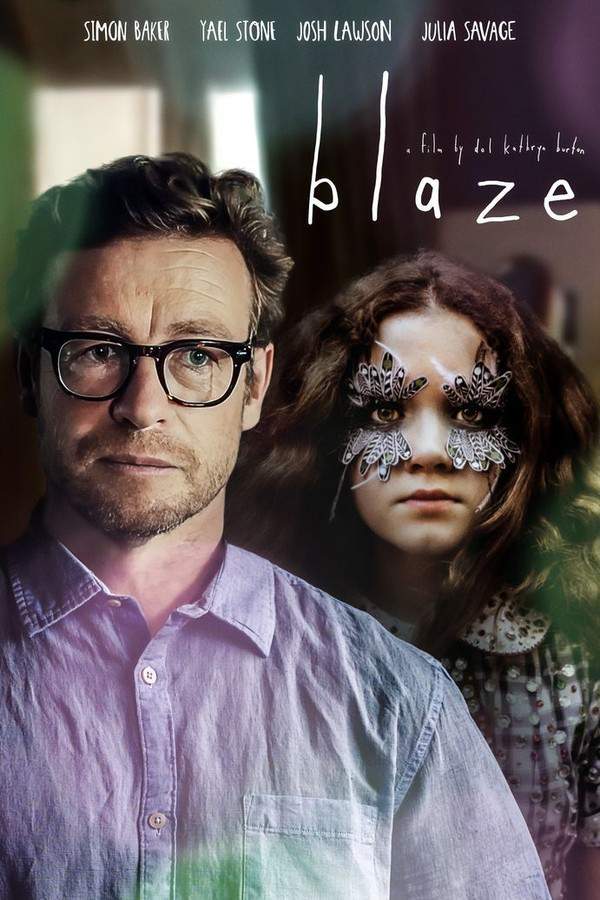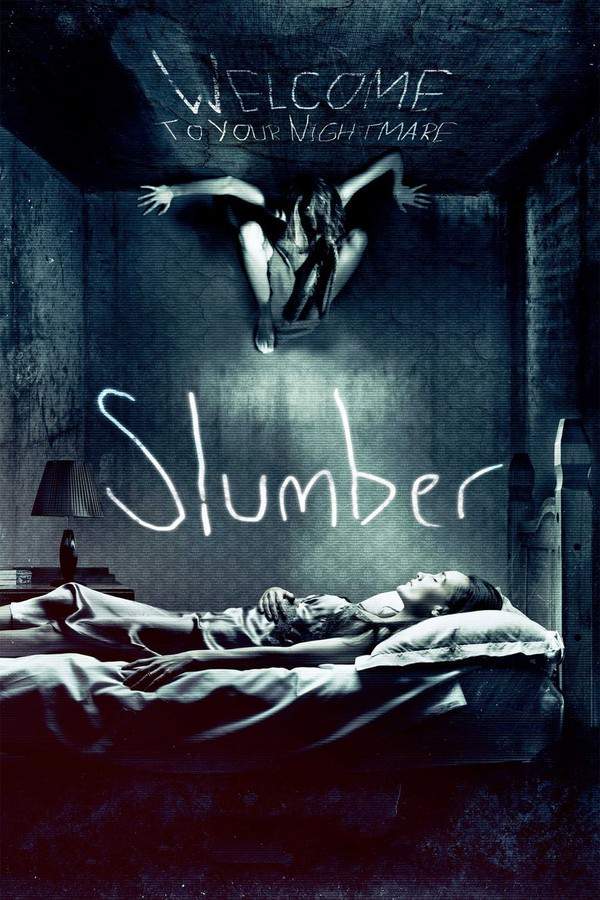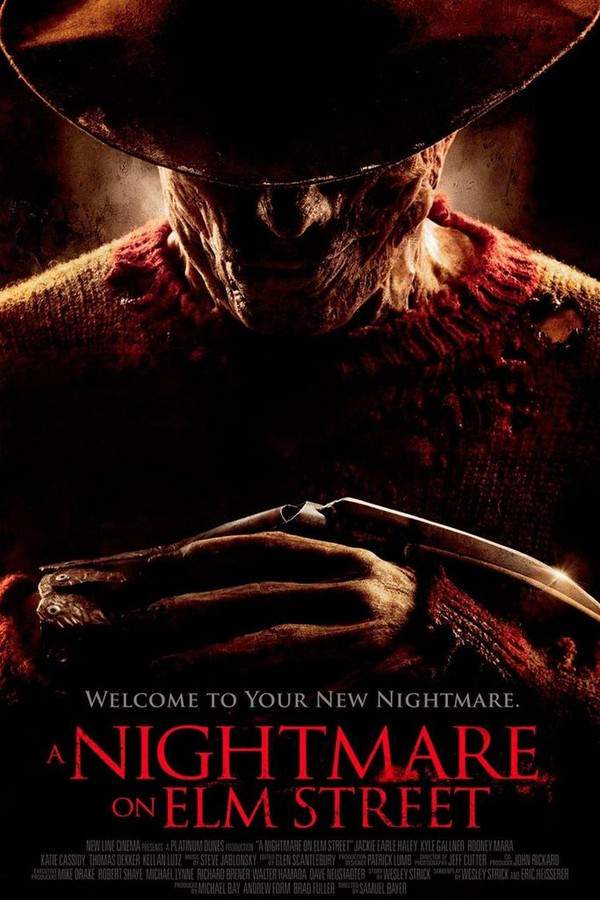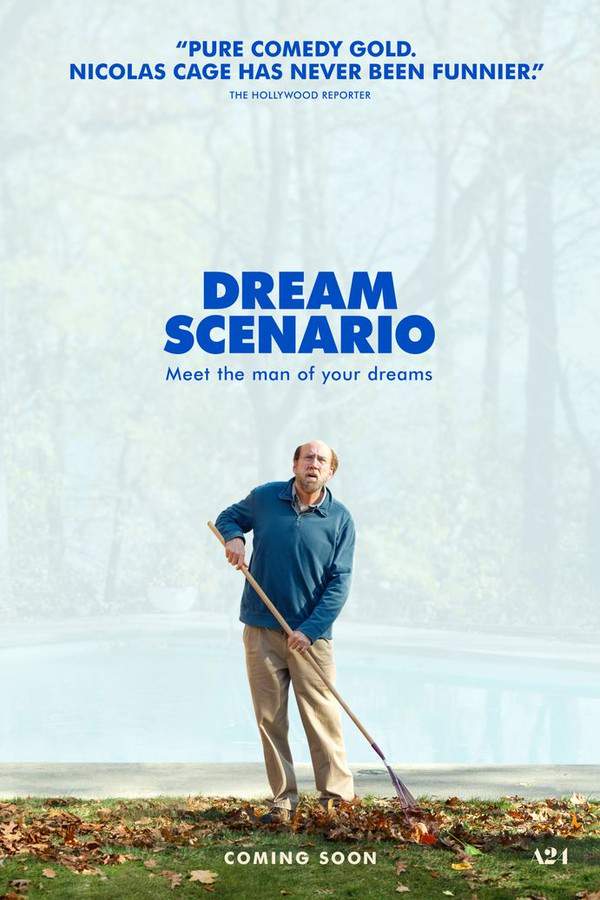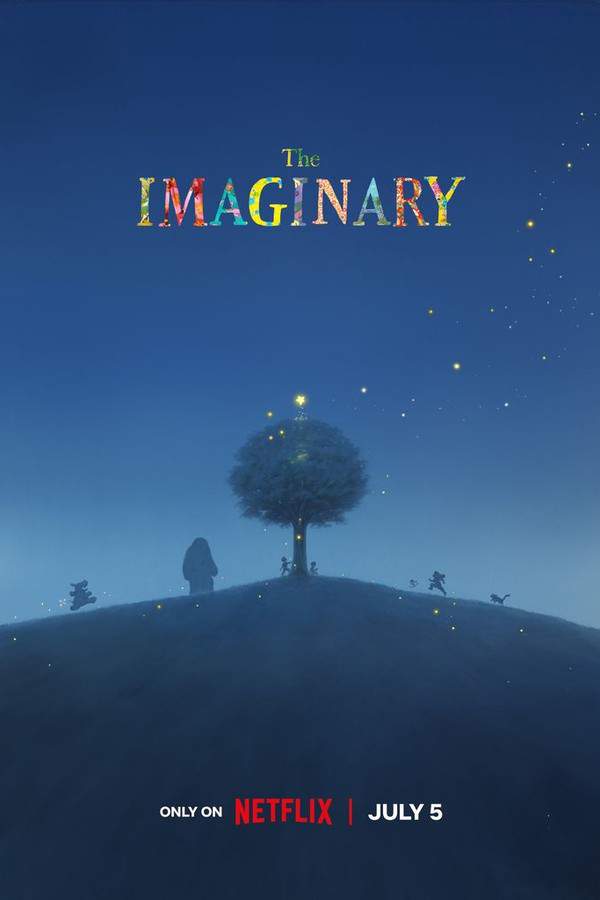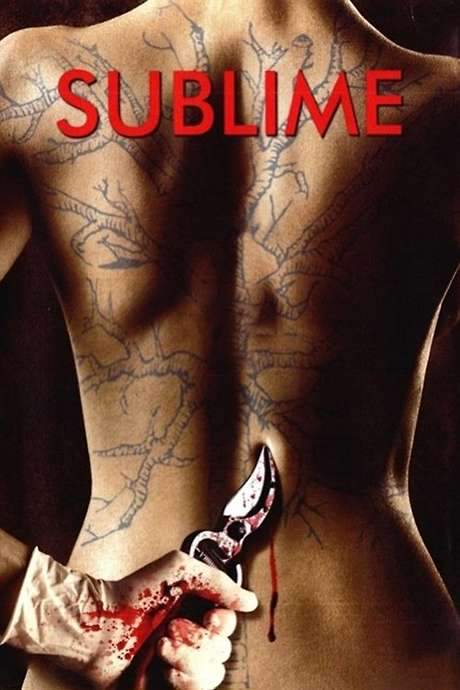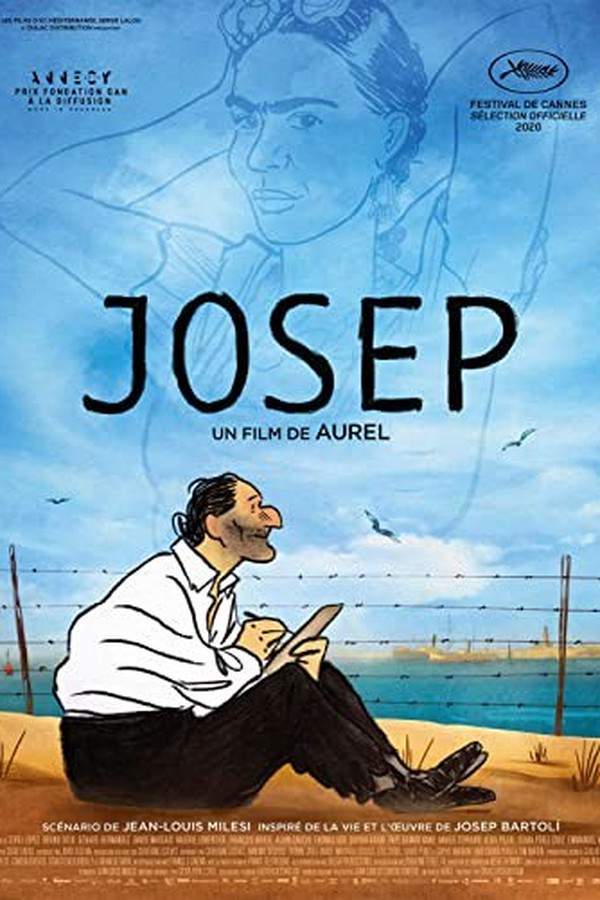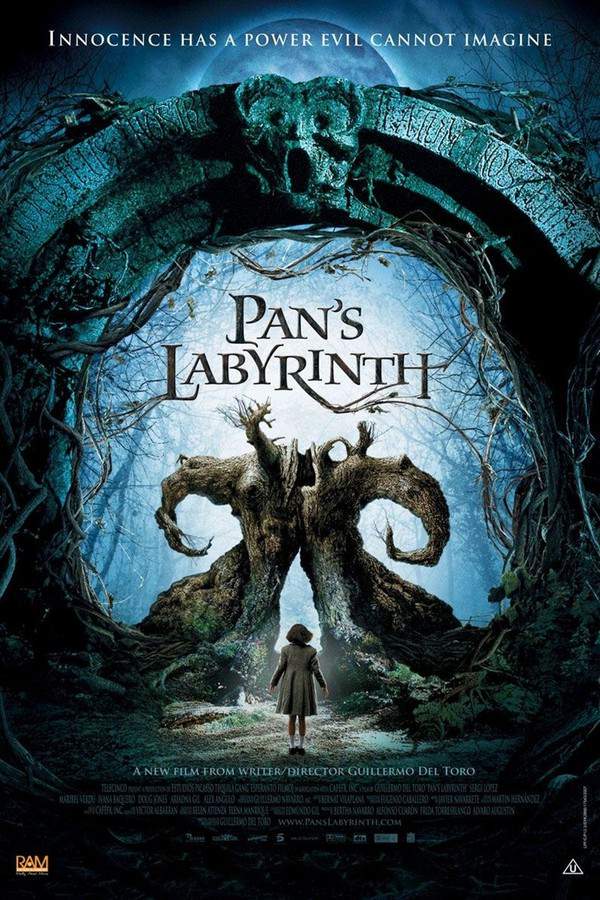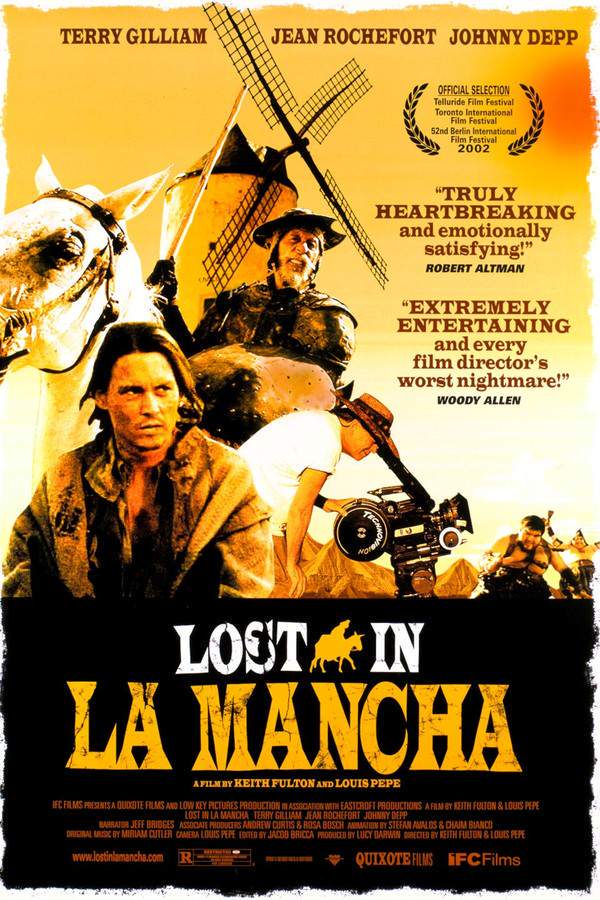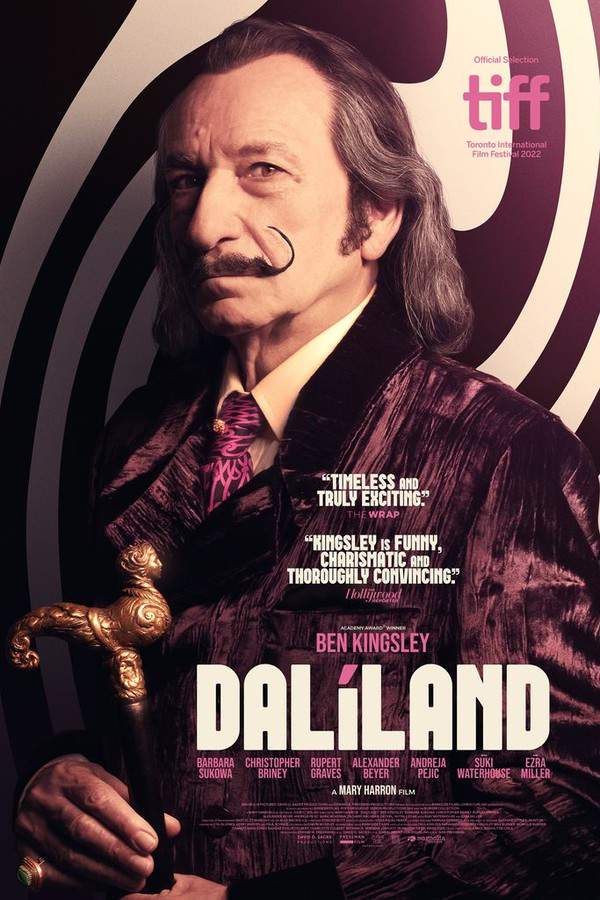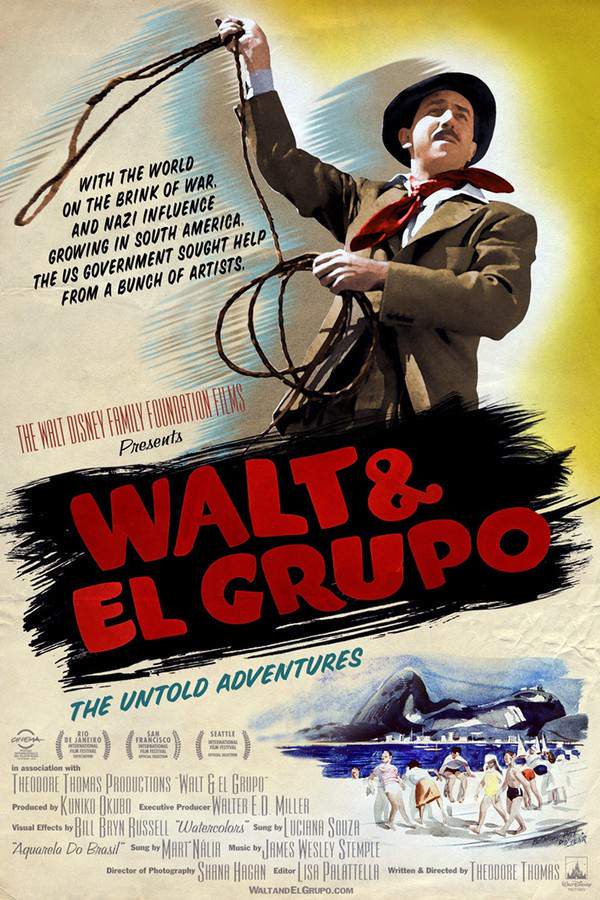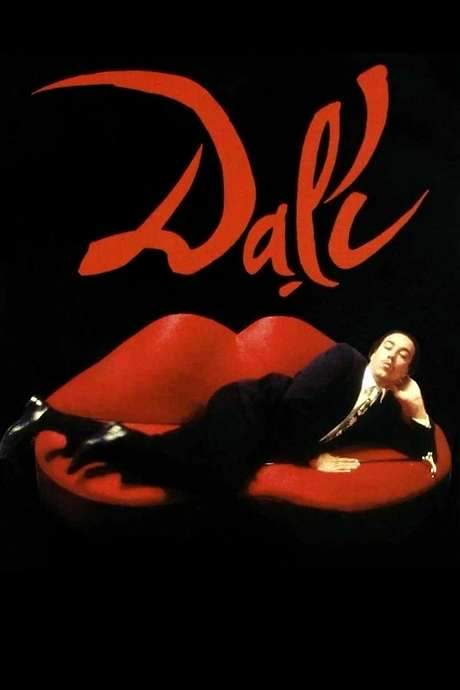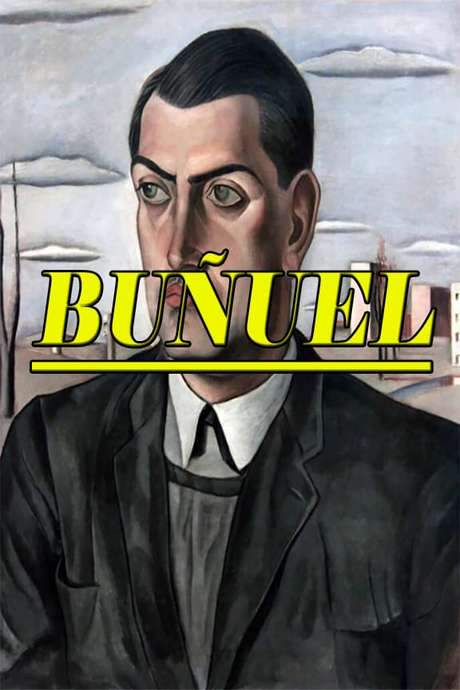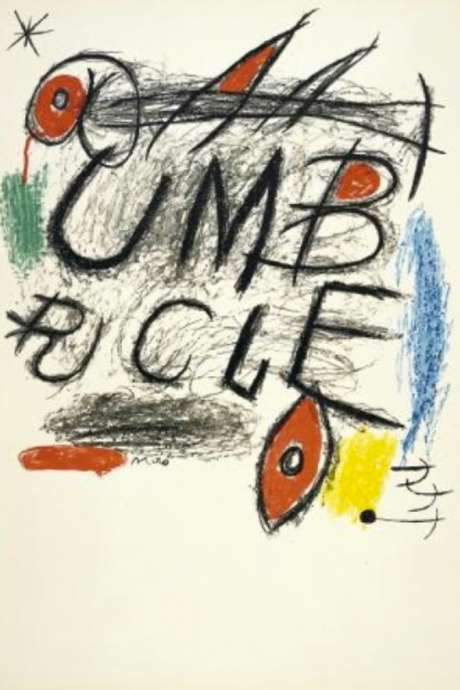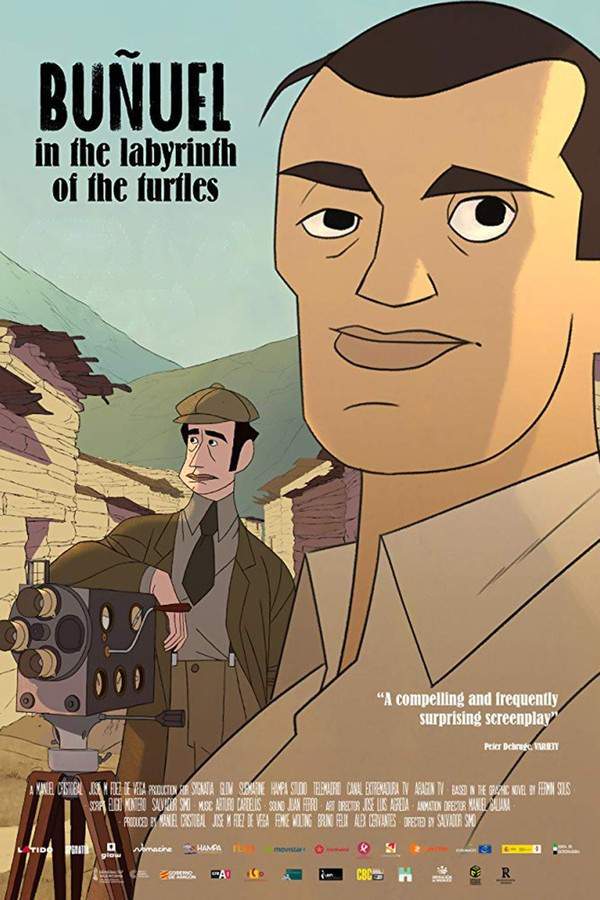
Buñuel in the Labyrinth of the Turtles
In 1930s Paris, following a period of scandal, filmmaker Luis Buñuel receives unexpected funding from a friend who has won the lottery. This allows him to embark on a documentary project, Las Hurdes: Land Without Bread, which takes him to the remote, impoverished mountains of Spain. The journey becomes more than just a film shoot; it's a profound exploration of mortality, the human condition, and the search for artistic truth as Buñuel observes the lives of the people he is documenting.
Warning: spoilers below!
Haven’t seen Buñuel in the Labyrinth of the Turtles yet? This summary contains major spoilers. Bookmark the page, watch the movie, and come back for the full breakdown. If you're ready, scroll on and relive the story!
Buñuel in the Labyrinth of the Turtles (2019) – Full Plot Summary & Ending Explained
Read the complete plot breakdown of Buñuel in the Labyrinth of the Turtles (2019), including all key story events, major twists, and the ending explained in detail. Discover what really happened—and what it all means.
The controversy surrounding his debut feature, L’Age d’Or, leaves director Luis Buñuel struggling to secure new projects. In a twist of fate, anthropologist Maurice Legendre presents Buñuel with an ethnographic study focused on the Las Hurdes region of Spain, suggesting he create a documentary about this area. With the support of his friend, sculptor Ramón Acín, who buys a lottery ticket and vows to fund the film if he wins, destiny plays its hand; Ramón hits the jackpot and fulfills his promise. Consequently, Buñuel gathers a film crew in the picturesque town of La Alberca.
From La Alberca, the crew embarks on a journey to a monastery that doubles as their lodging, venturing into nearby villages characterized by dilapidated, box-like homes tightly clustered together. The narrow, winding streets create a labyrinthine feel, and Ramón astutely observes that the jagged rooftops resemble turtle scales. As they capture footage, the crew is jolted by the stark poverty surrounding the villagers, who seem astonished by the abundance of food the film team brings. A school visit reveals that many locals rely on government subsidies for caring for orphaned children, while schoolchildren swarm around Buñuel, eager for affection. In a heart-wrenching moment, he encounters a dying little girl on the street, feeling utterly powerless without the necessary medicine to save her life.
Despite working on a documentary, Buñuel constructs various scenes for heightened drama, causing friction with his crew. In La Alberca, he instructs Ramón to hire a farmer to reenact a local ritual involving the beheading of a rooster. Later, he desires to film a mountain goat as it slips and tumbles down a cliff, opting instead to shoot one dead to capture the desired effect quickly. Even more poignantly, he orchestrates for a donkey to be stung to death by bees, illustrating the suffering experienced by the local populace.
Throughout the filming process, Buñuel is haunted by nightmares stemming from his troubled childhood. One particular vision featuring his mother and the Virgin Mary drives him to don a nun’s habit. Following the heart-wrenching demise of the little girl, he experiences a chilling nightmare in which he sees a friend from the region take on the guise of Death, prompting him to stage a funeral for an infant in the film.
Fast forward to 1933, and Buñuel finds himself back in Paris, piecing together his film, Las Hurdes: Tierra Sin Pan. The end notes of the film reveal the tragic fate of Ramón Acín and his wife, executed shortly after the Nationalist coup in Spain due to their Anarchist beliefs. Although Buñuel manages to release his documentary in Spain, Ramón’s name is initially omitted from the credits. Years later, he is able to rectify this oversight and restore Ramón’s rightful place among the credits, honoring his friend’s legacy.
Last Updated: November 16, 2024 at 12:32
Explore Movie Threads
Discover curated groups of movies connected by mood, themes, and story style. Browse collections built around emotion, atmosphere, and narrative focus to easily find films that match what you feel like watching right now.
Movies about artistic crisis like Buñuel in the Labyrinth of the Turtles
Stories of creators grappling with the ethical cost of their own work.If you were captivated by Buñuel's internal conflict, these movies explore similar stories of artists, filmmakers, and creators facing the dark side of their craft. Find films like Buñuel in the Labyrinth of the Turtles that examine the heavy moral burden and existential dread of making art from real-world suffering.
Narrative Summary
These stories typically follow a creator who embarks on a project with a specific vision, only to be confronted by harsh realities that challenge their ethics. The central conflict is internal, pitting creative ambition against empathy, often leading to acts of compromise that haunt the protagonist and force a re-evaluation of their work's meaning.
Why These Movies?
Movies in this thread are grouped by their focus on the creator's psyche. They share a heavy emotional weight, a dark or melancholic tone, and a steady pacing that allows the moral unease to build gradually. The experience is defined by a shared feeling of witnessing an artist's painful, transformative self-confrontation.
Surreal biographical dramas like Buñuel in the Labyrinth of the Turtles
Biographical stories where memory and trauma distort reality through surreal imagery.For viewers who appreciated the dreamlike sequences in Buñuel in the Labyrinth of the Turtles, this list features similar movies that blend harsh reality with surreal elements. Discover films like Buñuel that use animation or stylized visuals to explore the inner turmoil and memory of their subjects in biographical or historical settings.
Narrative Summary
The narrative pattern in this thread involves a linear, reality-based story—often a biography or a journey—that is periodically interrupted by surreal or symbolic sequences. These dreamlike interruptions are not random; they directly comment on the protagonist's inner fears, memories, or unspoken anxieties, enriching the factual narrative with profound psychological depth.
Why These Movies?
These films are connected by their unique aesthetic and emotional approach. They share an atmospheric and reflective mood, a bittersweet or dark tone, and a moderate complexity that balances a clear story with symbolic layers. The experience is consistently thought-provoking and haunting, leaving a lingering, unsettling impression.
Unlock the Full Story of Buñuel in the Labyrinth of the Turtles
Don't stop at just watching — explore Buñuel in the Labyrinth of the Turtles in full detail. From the complete plot summary and scene-by-scene timeline to character breakdowns, thematic analysis, and a deep dive into the ending — every page helps you truly understand what Buñuel in the Labyrinth of the Turtles is all about. Plus, discover what's next after the movie.
Buñuel in the Labyrinth of the Turtles Timeline
Track the full timeline of Buñuel in the Labyrinth of the Turtles with every major event arranged chronologically. Perfect for decoding non-linear storytelling, flashbacks, or parallel narratives with a clear scene-by-scene breakdown.

Characters, Settings & Themes in Buñuel in the Labyrinth of the Turtles
Discover the characters, locations, and core themes that shape Buñuel in the Labyrinth of the Turtles. Get insights into symbolic elements, setting significance, and deeper narrative meaning — ideal for thematic analysis and movie breakdowns.

Buñuel in the Labyrinth of the Turtles Spoiler-Free Summary
Get a quick, spoiler-free overview of Buñuel in the Labyrinth of the Turtles that covers the main plot points and key details without revealing any major twists or spoilers. Perfect for those who want to know what to expect before diving in.

More About Buñuel in the Labyrinth of the Turtles
Visit What's After the Movie to explore more about Buñuel in the Labyrinth of the Turtles: box office results, cast and crew info, production details, post-credit scenes, and external links — all in one place for movie fans and researchers.

Similar Movies to Buñuel in the Labyrinth of the Turtles
Discover movies like Buñuel in the Labyrinth of the Turtles that share similar genres, themes, and storytelling elements. Whether you’re drawn to the atmosphere, character arcs, or plot structure, these curated recommendations will help you explore more films you’ll love.
Explore More About Movie Buñuel in the Labyrinth of the Turtles
Buñuel in the Labyrinth of the Turtles (2019) Scene-by-Scene Movie Timeline
Buñuel in the Labyrinth of the Turtles (2019) Movie Characters, Themes & Settings
Buñuel in the Labyrinth of the Turtles (2019) Spoiler-Free Summary & Key Flow
Movies Like Buñuel in the Labyrinth of the Turtles – Similar Titles You’ll Enjoy
Josep (2022) Story Summary & Characters
Pan's Labyrinth (2006) Spoiler-Packed Plot Recap
Lost in La Mancha (2003) Full Movie Breakdown
Dalíland (2023) Complete Plot Breakdown
Walt & El Grupo (2009) Detailed Story Recap
Bunuel and King Solomon’s Table (2001) Film Overview & Timeline
Surrealissimo: The Trial of Salvador Dali (2002) Plot Summary & Ending Explained
Speaking of Buñuel (2000) Full Summary & Key Details
Dali (1991) Complete Plot Breakdown
Buñuel (1984) Complete Plot Breakdown
The Life and Times of Don Luis Buñuel (1984) Film Overview & Timeline
The Discreet Charm of the Bourgeoisie (1972) Movie Recap & Themes
The Castaway on the Street of Providence (1971) Detailed Story Recap
Umbracle (1972) Ending Explained & Film Insights
Luis Buñuel : Un cinéaste de notre temps (1964) Movie Recap & Themes


